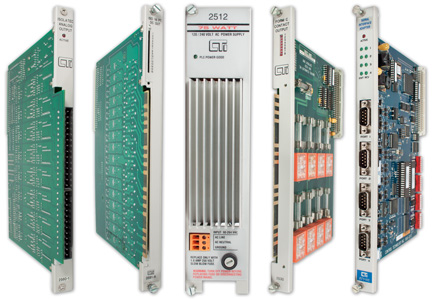Unlocking the Secrets of Variable Frequency Drives: Transform Your Understanding Today!
In the world of modern technology, efficiency and precision are paramount, particularly when it comes to controlling motors in various applications. This is where Variable Frequency Drives (VFDs) come into play. VFDs are essential components that enable the control of motor speed and torque, allowing for significant energy savings and improved performance. In this article, we aim to demystify VFDs, exploring their fundamental workings and various applications across different industries. Whether you're a seasoned engineer or a curious enthusiast, understanding VFDs can enhance your grasp of motor control technology and its impact on our everyday lives.

Understanding Variable Frequency Drives
A Variable Frequency Drive (VFD) is an electronic device that modulates the speed and torque of an electric motor by varying the frequency and voltage of the power supplied to the motor. The primary components of a VFD include a rectifier, an inverter, and various filters. The rectifier converts the incoming alternating current (AC) into direct current (DC), while the inverter then converts this DC back into adjustable-frequency AC. This process allows for precise control over the motor's speed and torque, which is crucial in various applications, from industrial machinery to household appliances. The importance of VFDs cannot be overstated; they not only enhance efficiency but also extend the lifespan of motors by reducing wear and tear, ultimately leading to cost savings for businesses and consumers alike.
How Variable Frequency Drives Work
The operation of a Variable Frequency Drive is based on the principle of converting AC to DC and then back to AC. Initially, when AC power enters the VFD, it goes through a rectifier, which consists of diodes that convert the AC voltage into DC voltage. This step is crucial as it provides a stable input for the next stage. Following rectification, the DC voltage is smoothed out by filters to reduce ripple. The next phase involves the inverter, which uses switches (often transistors) to convert the DC back to AC at a variable frequency. This is achieved through a method known as pulse width modulation (PWM), where the width of the pulses in the AC signal is varied to control the output frequency and voltage. By adjusting these parameters, the VFD can increase or decrease the motor speed, allowing for fine-tuned control over the machinery it drives. A friend of mine, who works in manufacturing, once shared how implementing VFDs reduced their energy consumption by nearly 30%, showcasing the tangible benefits of this technology.
Key Components of a VFD
The functionality of a VFD relies on several key components that work in tandem. First, the rectifier is responsible for converting AC to DC, usually utilizing diodes or thyristors. Next in line is the filter, which smooths out the DC signal to eliminate any fluctuations and ensure a stable output. The inverter is the heart of the VFD, where the smoothed DC is converted back to AC. In addition to these main components, VFDs often include control circuits and sensors that monitor and adjust the output based on feedback from the motor. These components collectively enable the VFD to maintain optimal motor performance, demonstrating the intricate design and engineering that goes into these devices.
Applications of Variable Frequency Drives
Variable Frequency Drives have a wide array of applications across various industries, highlighting their versatility and importance. One of the most common uses of VFDs is in HVAC systems, where they control the speed of fans and pumps, ensuring efficient operation and comfort in buildings. In manufacturing processes, VFDs are essential for controlling conveyor belts, pumps, and mixers, allowing for precise adjustments that can enhance productivity and reduce energy costs. Additionally, in the renewable energy sector, VFDs play a critical role in wind turbines and solar inverters, optimizing the efficiency of energy conversion. My cousin, who works in the renewable energy field, often discusses how VFDs have revolutionized the way energy systems operate, contributing to a more sustainable future. Overall, their ability to enhance efficiency and control makes VFDs an indispensable part of modern industrial and commercial systems.
Importance of Understanding Variable Frequency Drives
In conclusion, Variable Frequency Drives are vital components in the realm of motor control technology, enabling efficient management of speed and torque across various applications. By understanding how VFDs work, including their key components and operational principles, we can appreciate their role in promoting energy efficiency and performance optimization. As industries continue to evolve, the significance of VFDs in enhancing operational efficiency and reducing costs will only grow. Embracing this technology not only benefits industries but also contributes to a more sustainable future, making it essential for professionals and enthusiasts alike to deepen their understanding of Variable Frequency Drives.








